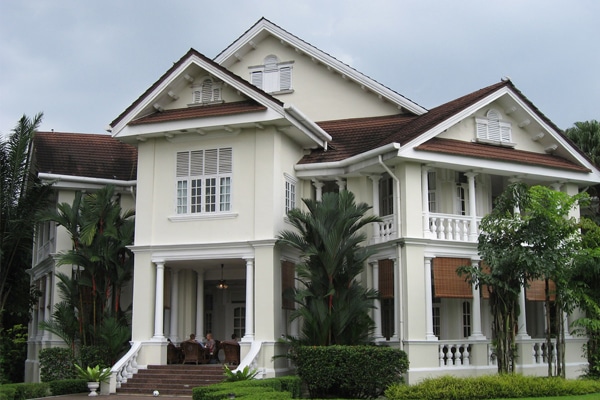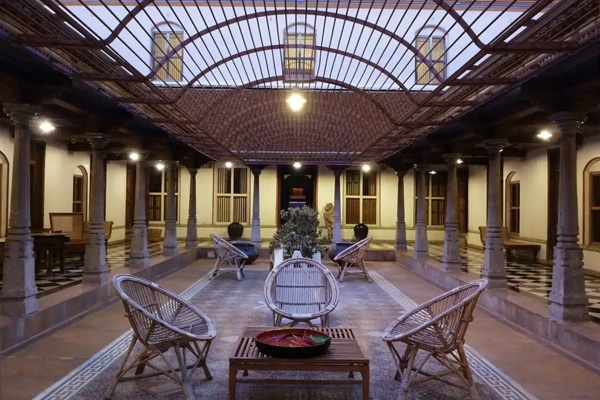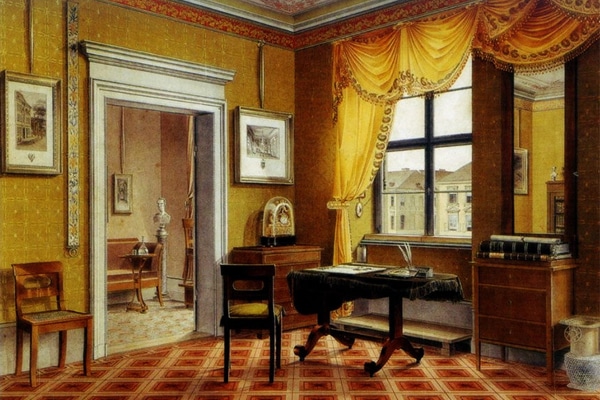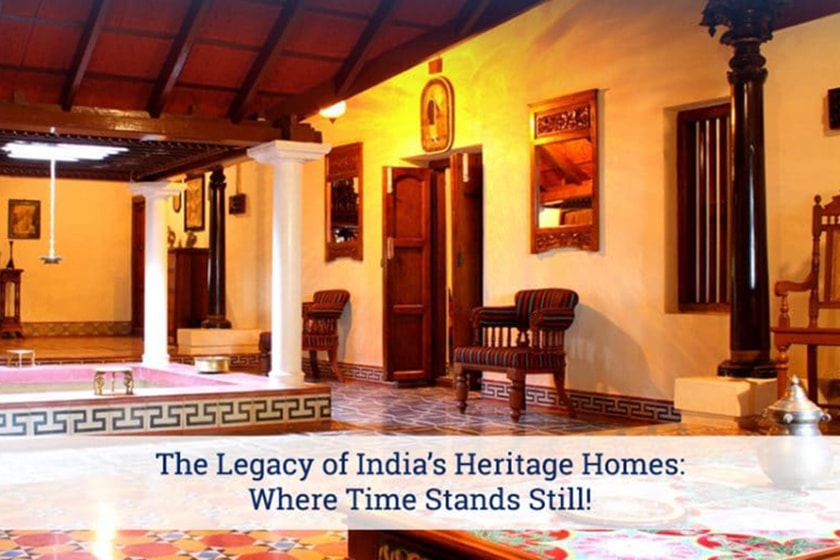While smart homes may be the rage, India’s incredible diversity can be seen in the rich cultural heritage of ancestral homes. To cherish and celebrate our history, in this article we present you some breathtaking heritage homes design from across India that carry forward our rich tradition.
So, step into a sepia-tinted past as we take you on a wonderful journey of some of the most beautiful architectural marvels.
Kerala’s Nalukettu houses
Nalukettu houses offer excellent ventilation and ample light.
The popularity of Nalukettu in modern Indian architecture has been partly led by nostalgia, and mostly because of their value, says architect Swayam Das.

An exact reproduction of the traditional Nalukettu house would be very expensive because of the quantity of wood required. Thus, you can instead use rustic wall light fixtures that reflect elements of the Nalukettu houses of yore.
Read more about these houses here.
Bangalore’s colonial bungalows
Bangalore has a number of ‘colonial’ bungalows from the time of the British when they established a cantonment in the city.
These bungalows followed the classic or Gothic style of architecture with common elements that include the famed Mangalore-tiled sloping roof, decorative parapets, and stained glass windows.

New-age architects are now scrambling to incorporate these elements in the modern homes they help build.
Chettinad’s palatial mansions
The floor plan of most Chettiar mansions in the Chettinad region of Tamil Nadu consists of an outdoor verandah, known as thinnai for receiving guests.
Traditionally two-storied structures, Chettinad mansions were built to expand horizontally, adding many halls and courtyards for the expanding family. It is not unusual to find a mansion with more than 100 rooms!

Ornate and intricately carved pillars are often the hallmark of Chettinad-style homes.
Kolkata’s villas
Uniquely Indian and charming, Kolkata’s rambling bungalows represent the best of worlds both here and then, where the now and the past represent a mélange of history and culture.
Beautifully ornate grills feature in most of the bungalows of Kolkata. Wide verandahs also provide respite from the heat along with Corinthian-style columns, a nod to the colonial dominance.

Today, innovative architects are fusing together elements of the Kolkata bungalow in designing villas and even the interiors of apartments.
Himachal’s Thathara homes
In the Ravi river valley of Chamba district in Himachal Pradesh, you will find homes built in a unique style referred to as Thathara.
The Thathara homes are built on a rectangular plan. They have two or three storeys with a verandah in the front of the top storeys. Windows were usually small openings to protect the inhabitants from harsh weather conditions. Rooms were partitioned using masonry or timber. Thathara homes were built to house small or medium sized families. At the maximum, they usually had 10 inhabitants each.

Curious to know more? Check out our in-depth post on Thathara homes.
Goa’s Portuguese-style homes
The quintessential Goan home fused together European and Indian architectural styles in the 18th and 19th centuries. They opened outward and had covered porches (balcoes) and verandas that overlooked the street. Intricately decorated columns bordered these balcoes and established the status of the owners along with the plinth.

Country tiles were used as corbels and served as a distinct feature specific to Goa. Floors were usually made of imported European tiles or burnt earth plastered with cow dung and hay.


